Your basket is currently empty!
Home / Mushroom Guide /
Cauliflower Fungus
Cauliflower Fungus
This odd looking though tasty woodland fungus maybe tricky to clean, but it is very easy to identify.
| Mushroom Type | |
| Common Names | Wood Cauliflower (EN), Cauliflower Fungus, Brain Fungus, Pengrych (CY), Siedzuń Sosnowy (PL), Fodros Káposztagomba (HU) |
| Scientific Name | Sparassis crispa |
| Season Start | Aug |
| Season End | Nov |
| Average Mushroom height (CM) | 25 |
| Average Cap width (CM) | 25 |
Fruiting Body
All the visible parts above ground are fattened lobes looking similar to a sea sponge, brain or cauliflower. Can be light brown, buff to yellow/grey to creamy white.
Possible Confusion
Sparassis spathulata and Sparassis brevipes are almost identical looking mushrooms which generally grow with broadleaf trees but can be found with pine.. Some mycologists consider other species in the Sparassis genus to exist, but this is of little interest for the forager as none are poisonous.
You are unlikely to confuse these species with anything else in Great Britain.
Spore Print
Colourless unless in large amounts when they appear pale yellow. Subglobose to ellipsoid to ovoid.
Taste / Smell
Tasty when young and fresh but needing a good wash and inspection before cooking and eating.
Once it becomes yellow and starts to decay it’s better left behind as it becomes rather indigestible. Should be cooked before consumption.
Frequency
Uncommon.
Other Facts
One mushroom found in the south of France weighed nearly thirty kilos.
They have been shown to have anti-tumour properties, and to contain chemicals which may stimulate the immune system.
These mushrooms have been successfully cultivated in Asia and North America.


 (47 votes, average: 4.43 out of 5)
(47 votes, average: 4.43 out of 5)















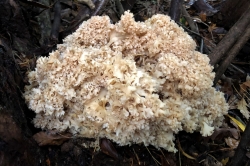
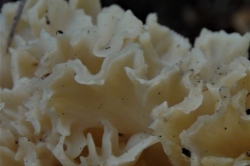
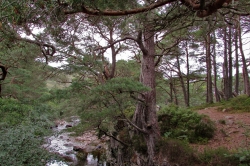



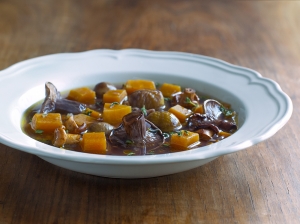
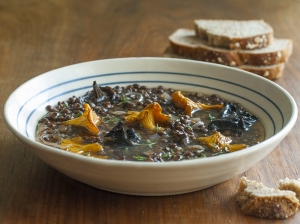


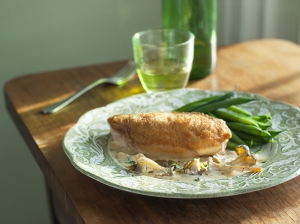

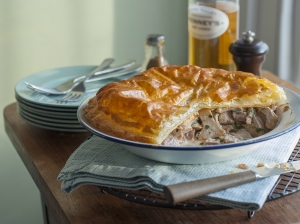







Leave a Reply